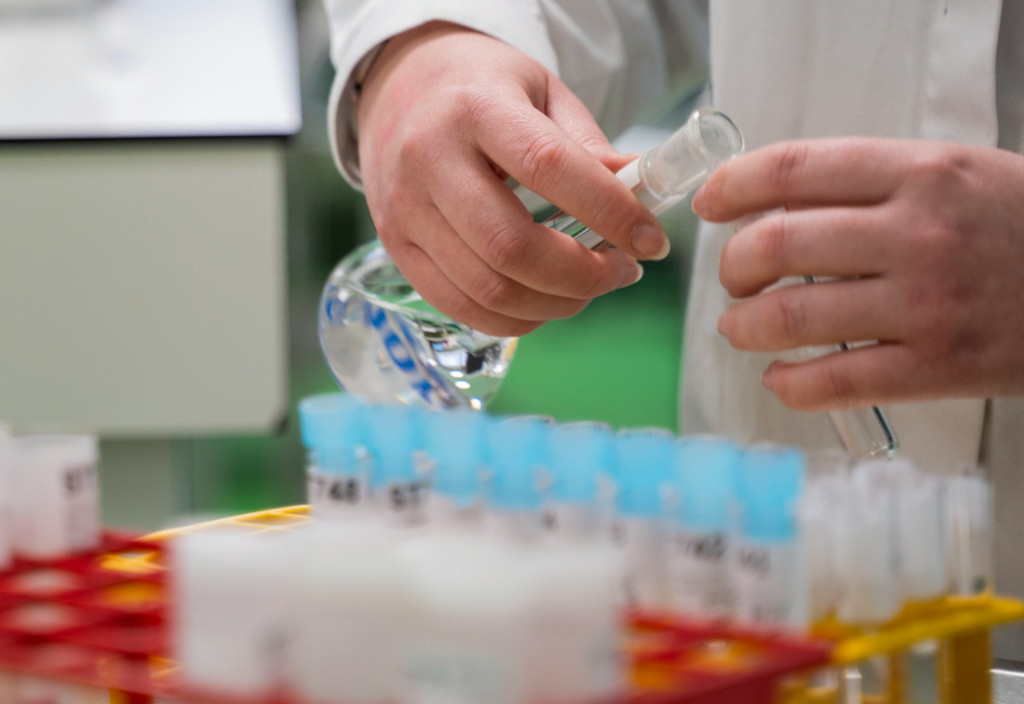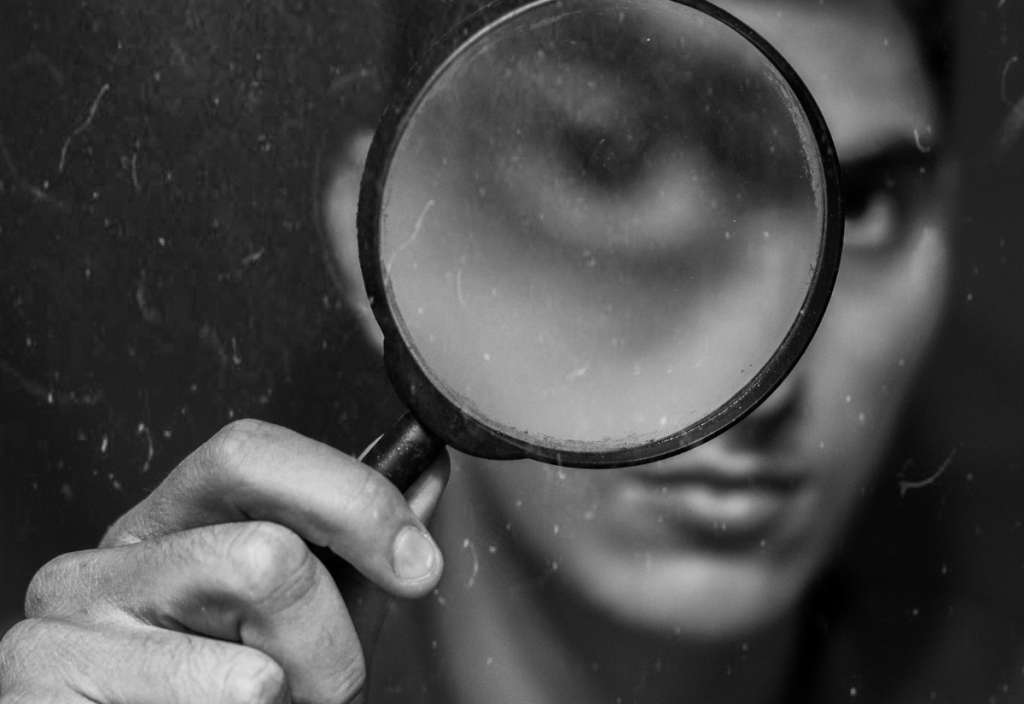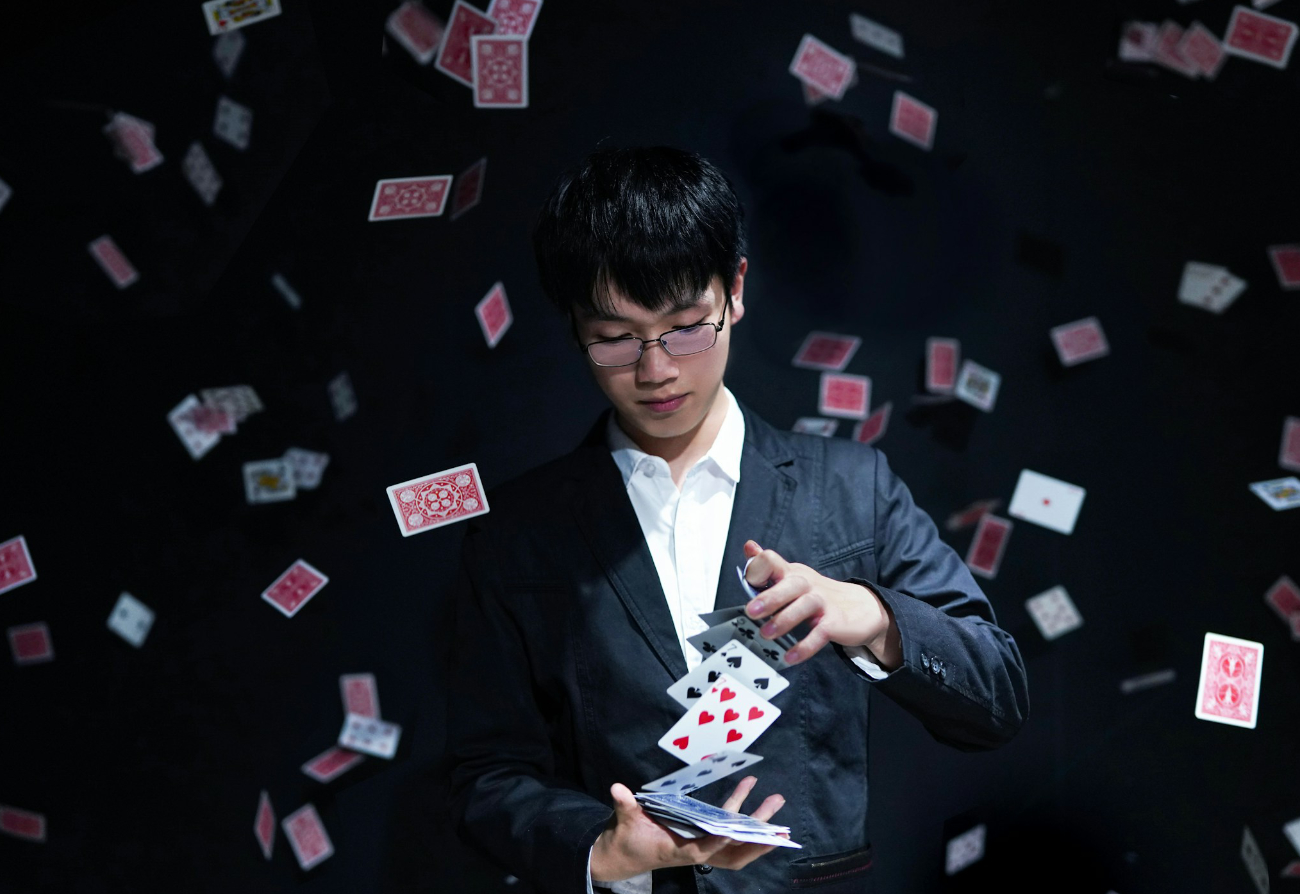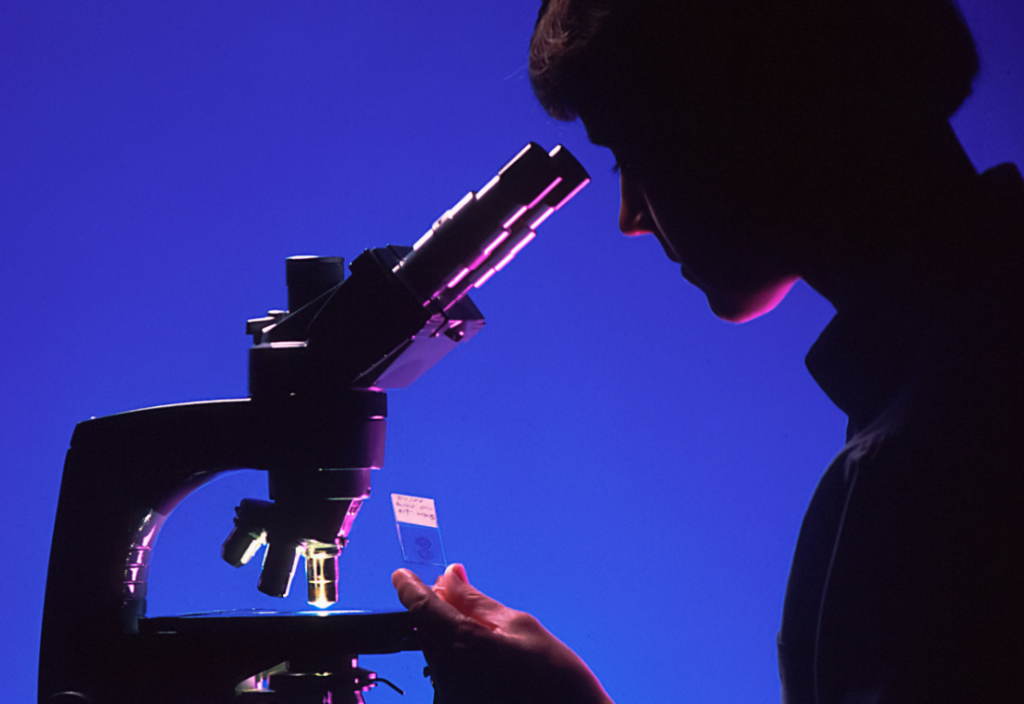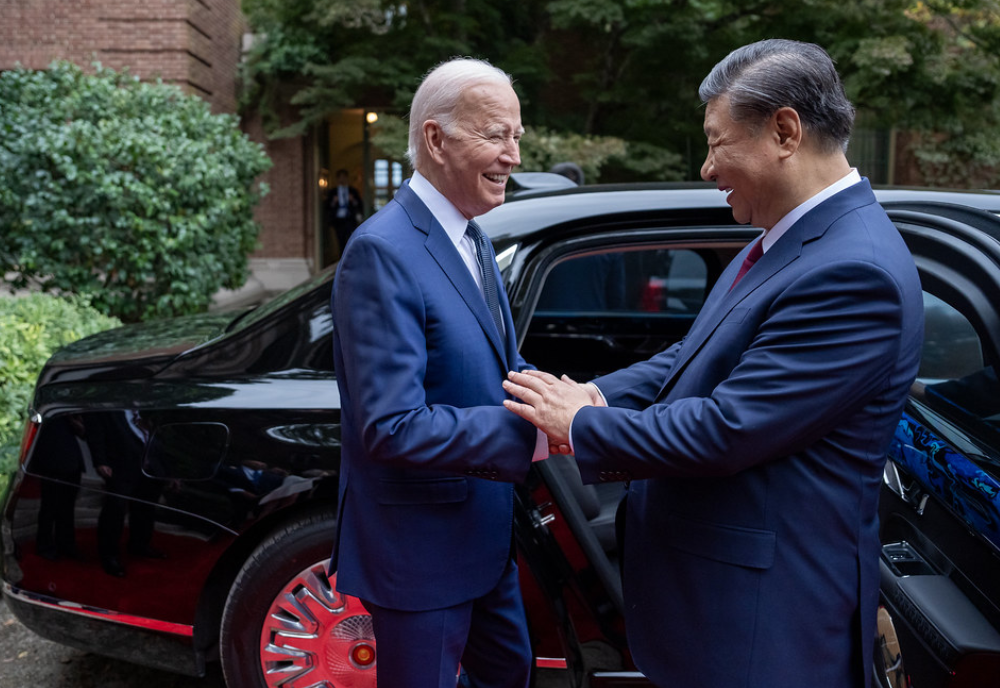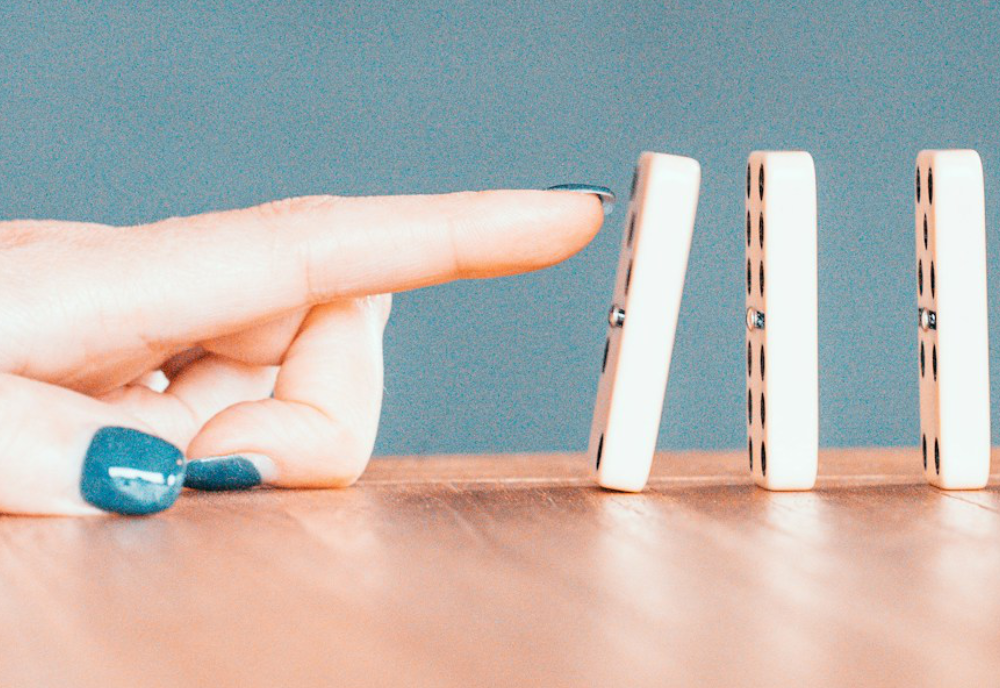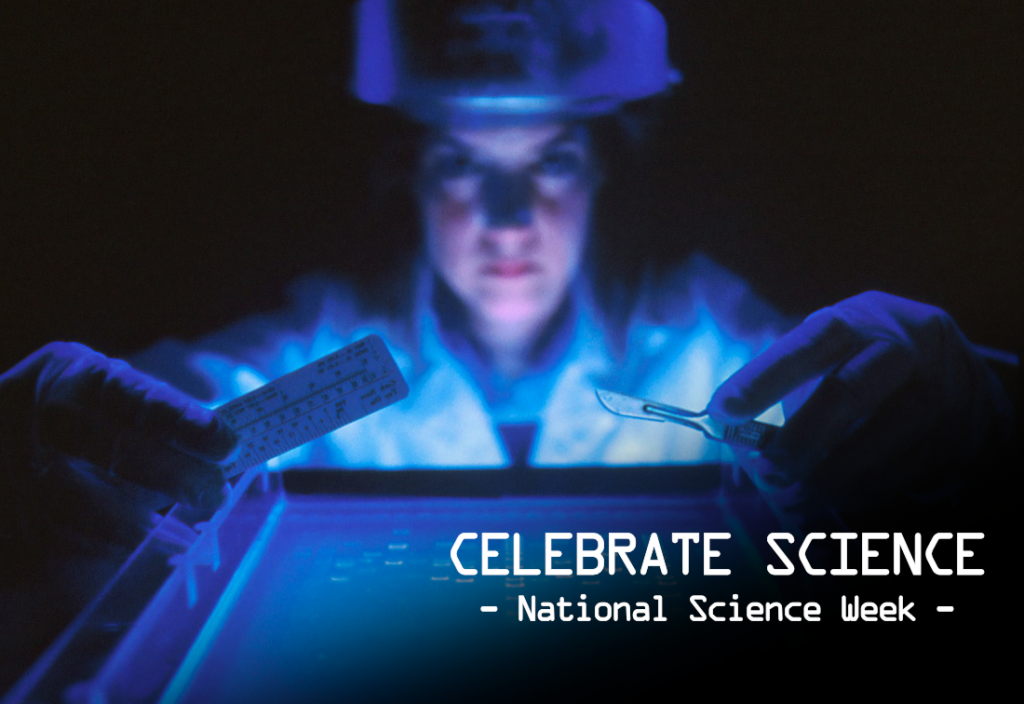The founding father of Federation Henry Parkes declared in 1890 that Australia should “embrace the power that is conferred by bringing science into our service…”.
So have we as a society embraced science? And how can we future-proof not just medical research and innovation, but science overall.
Well, first we need to recognise the great and small challenges to our health and well-being in the future.
The pandemic has obviously underscored some overt health risks – emerging infectious diseases and the acute pressures on our health systems. Others lie in plain sight – the burden of chronic disease and ageing, poor lifestyle, poverty, inequality and conflict.
Others are more obscured, yet are perhaps the most serious, as they are the most ubiquitous. One is the toxic polarisation of society by some political and social pressures, which is encouraging bigotry, intolerance and mistrust of science. This makes a hard landscape in which to do good scholarship.
A second of course is the threat of climate change. Tackling and mitigating this, as well as adapting to its consequences, will probably be the defining research issue of the rest of the century, including for medical researchers. But fortunately, young clinicians and up and coming researchers are showing a HUGE appetite to take it on and tackle it.
After what has been described as the ‘lost decade’ (2010-2020) for action on climate by the health sector, I predict this is about to change dramatically.
So how to meet these challenges to future-proof research and innovation?
First, each of us needs to ensure that the whole community realise science and innovation are part of everything we have and do. They are indeed our future. The huge technological developments we enjoy are not just there as an academic pursuit of knowledge but inform our everyday lives and even enable our social connections.
…each of us needs to ensure that the whole community realise science and innovation are part of everything we have and do.
We need to champion medical science at every level – we should engage schoolchildren, politicians, industry leaders, and inspire them with our vision and passion for medical research, backed up by evidence.
Second, we need to understand that good science is rarely done in isolation. We need to co-operate, often across disciplines, and across geographies, and this includes industry and the community. We can only transform if we innovate, and innovation often comes at the edges and transections of disciplines.
To do this needs investment, but Australia’s total spending on research and development as a proportion of Gross Domestic Product has been declining. So we need to advocate. For example, the sector could be advocating the government to set a target for raising R&D spending to at least 3 per cent of GDP by 2030, up from 1.79 per cent in 2019-20. We could also be lobbying the government and opposition – given it is an election year – to develop a charter for funding research infrastructure.
Thirdly, we need to be patient and humble, coupling this with mutual respect and kindness to provide the culture to do good work. When I started at Royal Melbourne Hospital I was struck with the values that are promoted up on the walls – ‘People first’, ‘Lead with kindness’ and ‘Excellence together’.
But one thing that still nags at me is that even in an egalitarian place like Australia we have huge disparities and inequities in health. For example in my discipline of cancer, the mortality gap between First Nation and other Australians is actually widening not narrowing. I hope this will be a priority of future medical research.
Another really important step in our future-proofing mission is to nurture creativity, curiosity and persistence in our junior doctors and young scientists. For them, it often seems an impossible far-off task to get their good ideas out there and actually change medical practice and improve human health.
We need to develop research opportunities and pathways – maybe rostering research time into the working hours of junior doctors, and ensuring they are exposed to mentors who will inspire but also foster them.
There are some wonderful local programs like MACH-Track doing this, but we can probably do more, perhaps creating a surgeon-scientist buddies program to foster collaboration?
A final step is to always look to the horizon – to see disruption and change as forces for good, embrace diversity and difference and learn from it. The vast pools of big data, the amazing emerging technologies, and the entrepreneurship seen in medical research mean the next decade should be a vibrant one for research that improve lives and society.
In 1990 the Voyager 1 space probe, some 6 billion kilometres away, took a picture of earth as a tiny dot, prompting astronomer and writer Carl Sagan to write: “… that’s here, that’s home … and like it or not Earth is where we make our stand…it underscores our responsibility to deal more kindly with one another, and to preserve and cherish the pale blue dot.”
This is an edited extract of Professor Christobel Saunders’ Priscilla Kincaid-Smith Oration, delivered 10 March 2022 at the University of Melbourne.
This article was first published on Pursuit. Read the original article.
Photo by Julia Koblitz on Unsplash.


